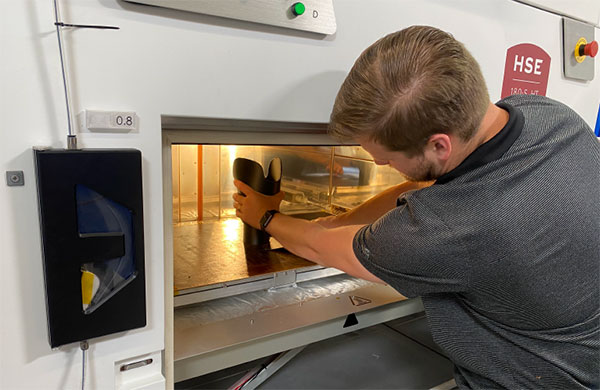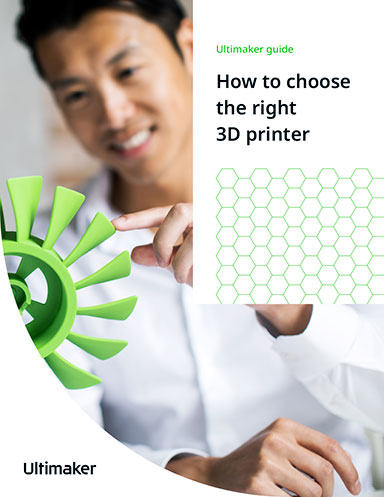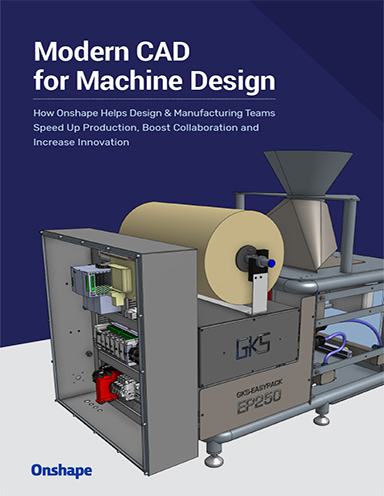Essentium and Vorum Advance Biocompatible 3D Printing
Partnership enables lightweight and comfortable devices for orthotics and prosthetics patients.

Advancements in 3D printing platforms and software allow O&P clinicians to design and create bespoke lightweight, functional and affordable devices for patients. Image courtesy of Essentium.
Latest News
May 9, 2022
Essentium, Inc. has collaborated with Vorum, a company in CAD/CAM solutions for the global orthotics and prosthetics (O&P) market, to introduce a line of biocompatible 3D printing materials. The new materials meet ISO 10993 and US FDA guidance for intact skin surface devices as verified by certified, independent lab testing. A study co-commissioned by Essentium and Vorum verified that Essentium’s PCTG, PA-CF, TPU 74D and PET-CF are noncontact sensitive, noncytotoxic, and nonirritant, enabling O&P clinicians to use the 3D printing materials for O&P devices that require long-term skin contact.
Advancements in 3D printing platforms and software allow O&P clinicians to design and create bespoke lightweight, functional and affordable devices for patients. They can do it more quickly and efficiently than traditional methods. This has increased the demand for biocompatible 3D printing materials to ensure the long-lasting comfort of O&P devices.
Biocompatible materials are crucial for O&P patients who need to wear devices that contact their skin for long periods. Essentium’s materials enable advances such as lightweight prosthetic sockets.
The Essentium and Vorum partnership brings together the Essentium High-Speed Extrusion (HSETM) 3D Printing Platform and biocompatible materials with Vorum’s O&P CAD/CAM solutions and SurePath methodology. With 30 years of experience in O&P digital processes, Vorum developed SurePath to provide O&P clinicians with an approach for 3D printing adoption, implementation, training and support. This partnership enables O&P practitioners to make a transition from plaster-casting methods to 3D printing in any O&P production setting.
“Modern O&P devices are often designed with a more intimate fit than in the past, which means we need to consider how the patient’s skin might behave in direct contact with the final orthosis or prosthesis,” says Angela Saunders, CEO, Vorum. “Therefore, it’s imperative to have certified materials so that the 3D printed O&P devices work with the body, not against it.”
“Developing comfortable, properly fitting orthotics and prosthetics is not just a science but also an art. Our biocompatible materials, combined with advanced 3D printing platforms, means O&P clinicians can use their skills to create O&P devices better, faster, and cheaper than before—which also means O&P devices that are more accessible, comfortable, and affordable for many more people around the world,” says Blake Teipel, Ph.D., CEO, Essentium.
Sources: Press materials received from the company and additional information gleaned from the company’s website.
Subscribe to our FREE magazine, FREE email newsletters or both!
Latest News
About the Author
DE’s editors contribute news and new product announcements to Digital Engineering.
Press releases may be sent to them via DE-Editors@digitaleng.news.






